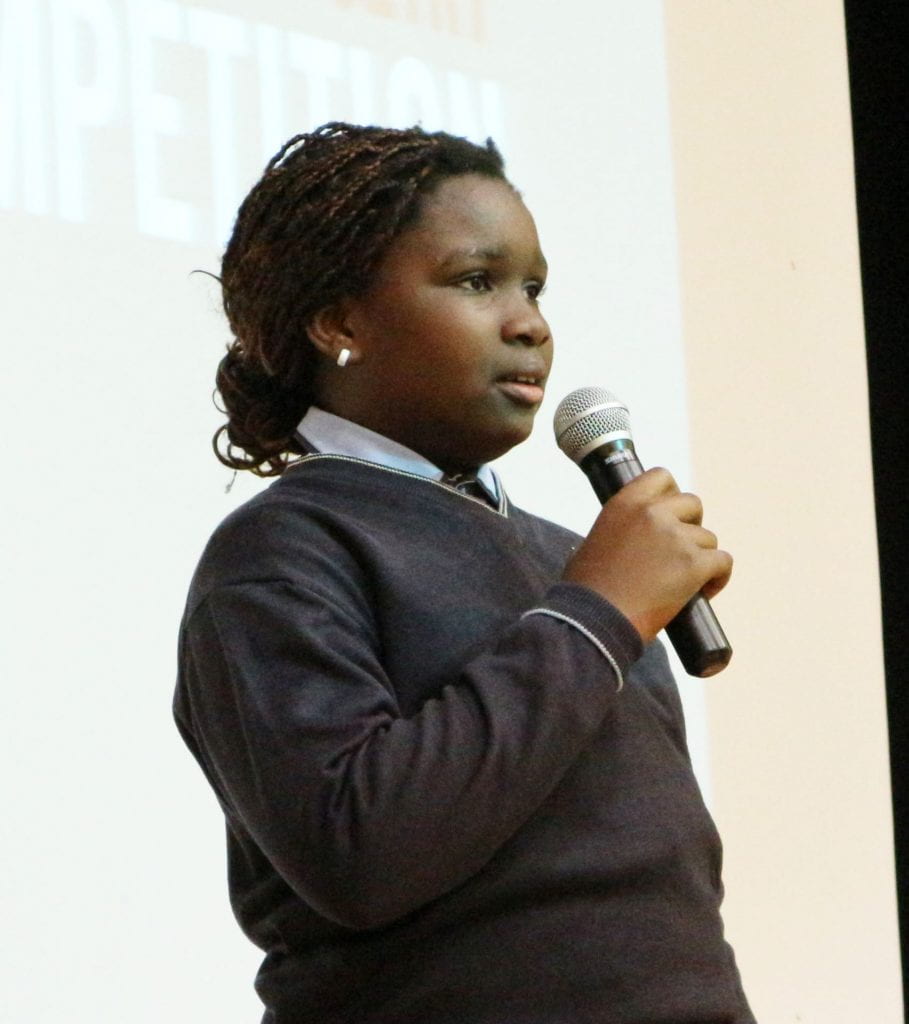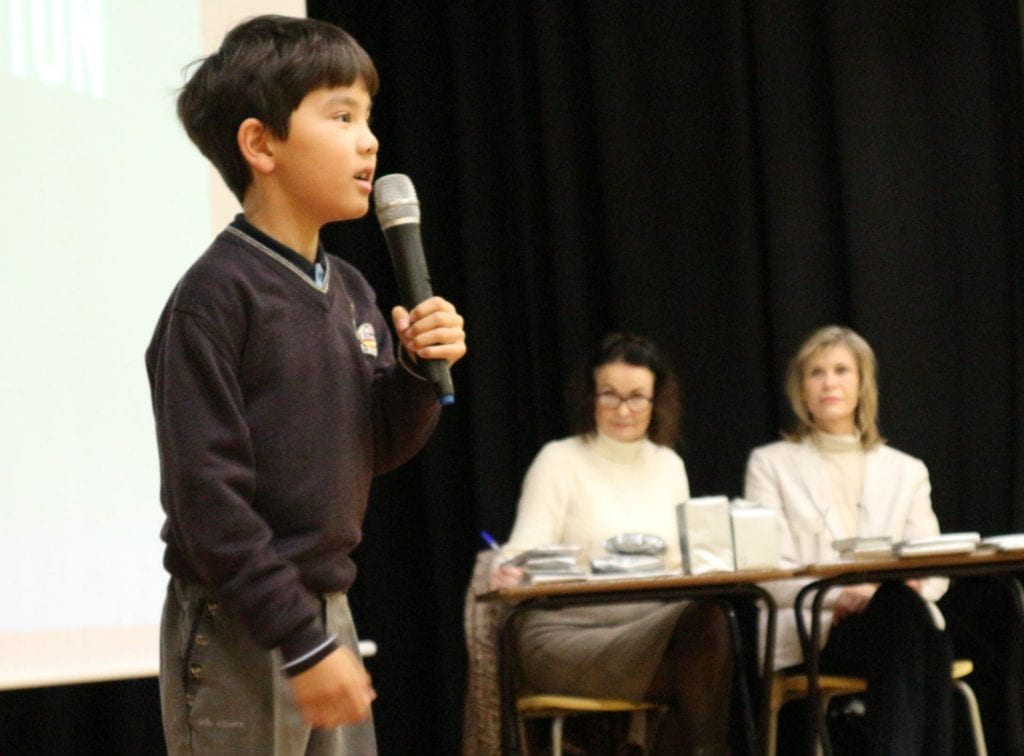It’s so empowering to feel you can make a difference!
And with power, comes responsibility.
This is why a well-organised student council can be such a boon to the learning environment. And boy, this year’s primary student council has been busy at Elian’s! Early in the school year, each primary class elected its own councillor. It’s the councillor’s job to collect the issues and suggestions the class wants discussed. Then, the councillor puts the ideas forward at the student council meeting. The teacher who facilitates the council discusses the children’s ideas with the primary head teacher and school director. The senior staff give their feedback about the issues raised, and they decide which of the council’s suggestions can be put into action.
Early in the school year, each primary class elected its own councillor. It’s the councillor’s job to collect the issues and suggestions the class wants discussed. Then, the councillor puts the ideas forward at the student council meeting. The teacher who facilitates the council discusses the children’s ideas with the primary head teacher and school director. The senior staff give their feedback about the issues raised, and they decide which of the council’s suggestions can be put into action. This year, safety has been a prime consideration because of the COVID pandemic, so we’ve been very careful to keep our young councillors distanced from each other. But the extra restrictions haven’t stopped council business from taking place, and I think it’s fair to say the primary council’s had one of its most productive years ever.
This year, safety has been a prime consideration because of the COVID pandemic, so we’ve been very careful to keep our young councillors distanced from each other. But the extra restrictions haven’t stopped council business from taking place, and I think it’s fair to say the primary council’s had one of its most productive years ever. Thanks to the primary council, extra play equipment has been provided for each class to use during break times. They’ve also requested more “treats” during school lunches — including having burgers in buns, or occasional desserts as well as the daily fresh fruit.
Thanks to the primary council, extra play equipment has been provided for each class to use during break times. They’ve also requested more “treats” during school lunches — including having burgers in buns, or occasional desserts as well as the daily fresh fruit.
The council has asked for more competitions and themed fun days — and you can see in the photos below that these have been well-received! Our young councillors have proved themselves to be both willing and able to get involved in school democracy. In turn, they’ve been delighted that their ideas have not only been taken seriously, but also taken on board. The whole process is a great way to enrich our school community and we’re looking forward to seeing what more our primary council can achieve.
Our young councillors have proved themselves to be both willing and able to get involved in school democracy. In turn, they’ve been delighted that their ideas have not only been taken seriously, but also taken on board. The whole process is a great way to enrich our school community and we’re looking forward to seeing what more our primary council can achieve.


















 We would have to adapt our teaching strategies and our students would have to adapt their approach to learning. And we would need a lot of support from their families, especially with the younger children.
We would have to adapt our teaching strategies and our students would have to adapt their approach to learning. And we would need a lot of support from their families, especially with the younger children.
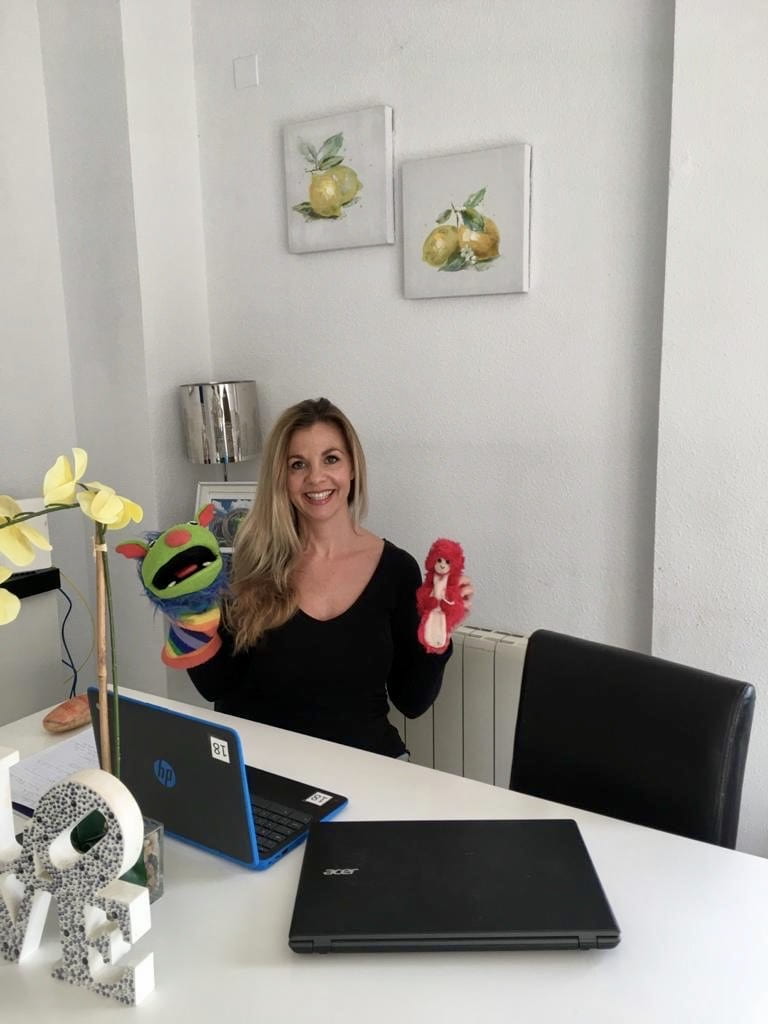 Every day, we put our lessons on Google Classroom or Class Dojo, shared links to educational web pages and send out documents and .pdf files full of instructions and resources.
Every day, we put our lessons on Google Classroom or Class Dojo, shared links to educational web pages and send out documents and .pdf files full of instructions and resources. We initiated daily videochats with our classes, and our students had to take a crash course in the correct etiquette to use for online meetings. Our Teaching Assistants stepped in to help with the deluge of online marking and conduct one-to-one guided reading sessions.
We initiated daily videochats with our classes, and our students had to take a crash course in the correct etiquette to use for online meetings. Our Teaching Assistants stepped in to help with the deluge of online marking and conduct one-to-one guided reading sessions.


 A virtual Sports Day might once havebeen regarded as impossible, but we pulled it off and it was a joy to see our children competing in the events via videos sent from home.
A virtual Sports Day might once havebeen regarded as impossible, but we pulled it off and it was a joy to see our children competing in the events via videos sent from home.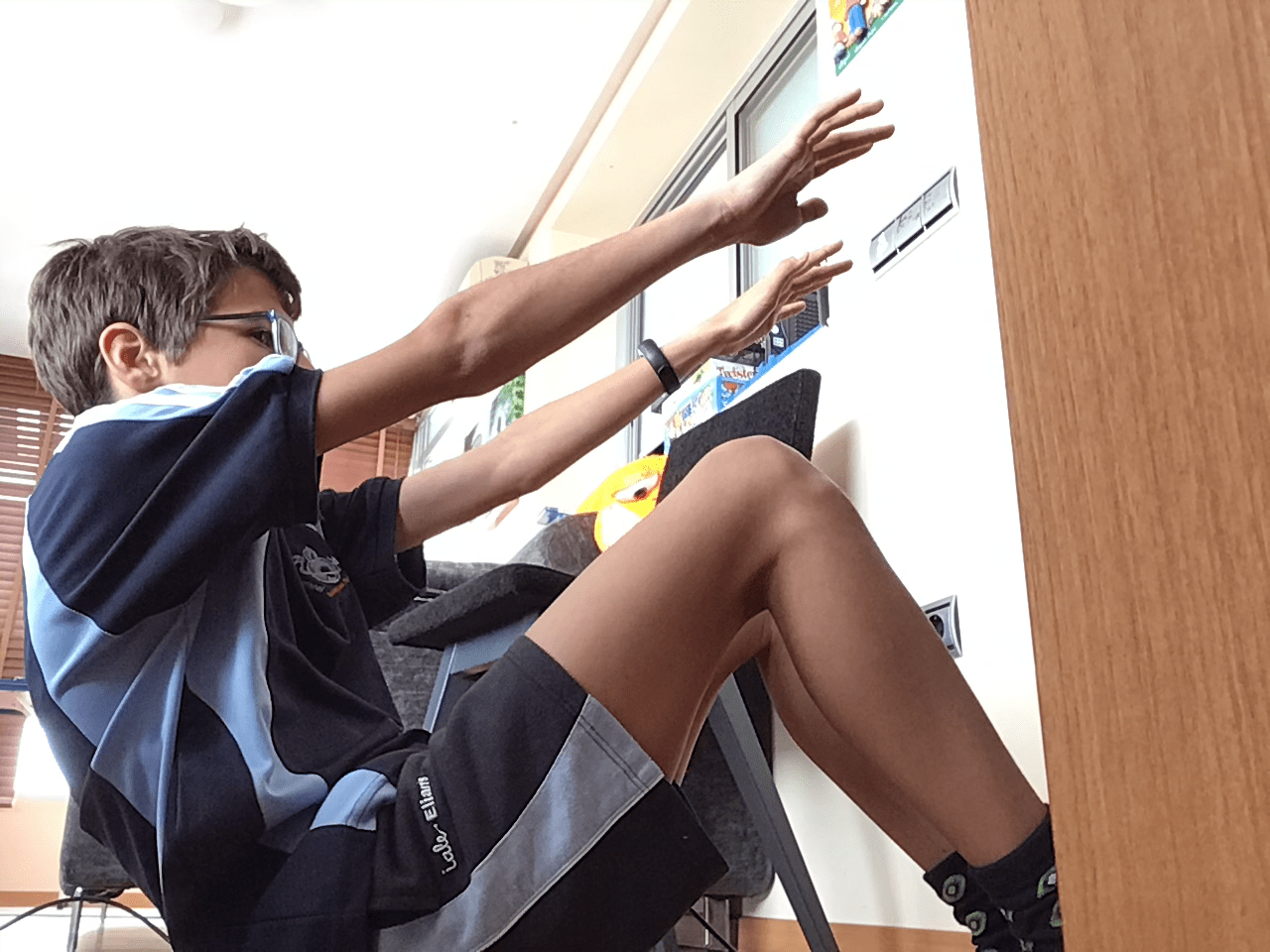
 We had end-of-term parties via videochat, and our secondary section held its annual prizegiving ceremony using a slideshow full of certificates and filmed messages of congratulation.
We had end-of-term parties via videochat, and our secondary section held its annual prizegiving ceremony using a slideshow full of certificates and filmed messages of congratulation. 
 But, in many ways, this has been a valuable learning experience for everyone and while we hope we aren’t forced back into quarantine once more, that remains a possibility.
But, in many ways, this has been a valuable learning experience for everyone and while we hope we aren’t forced back into quarantine once more, that remains a possibility. And if we have to close our site again, we will carry the lessons with us to ensure that nobody has to miss out on their education and the sense that our school community can continue beyond the classroom.
And if we have to close our site again, we will carry the lessons with us to ensure that nobody has to miss out on their education and the sense that our school community can continue beyond the classroom.








 Wow, just watch it burn!
Wow, just watch it burn!






 On Day 3, the theme was Painted Faces…and we saw some truly artistic creations.
On Day 3, the theme was Painted Faces…and we saw some truly artistic creations.
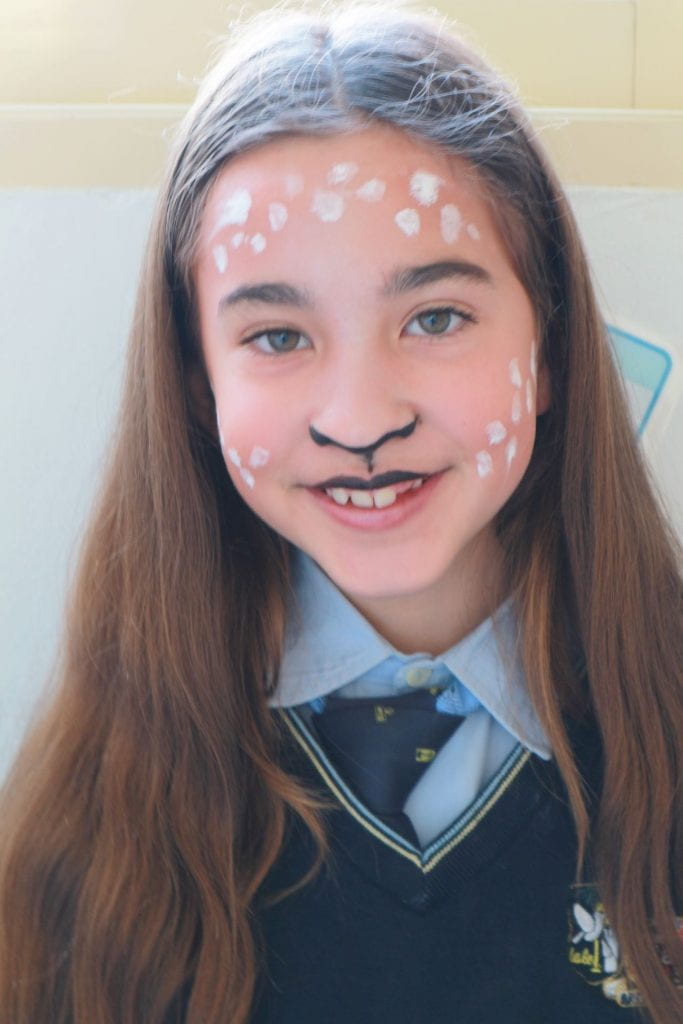









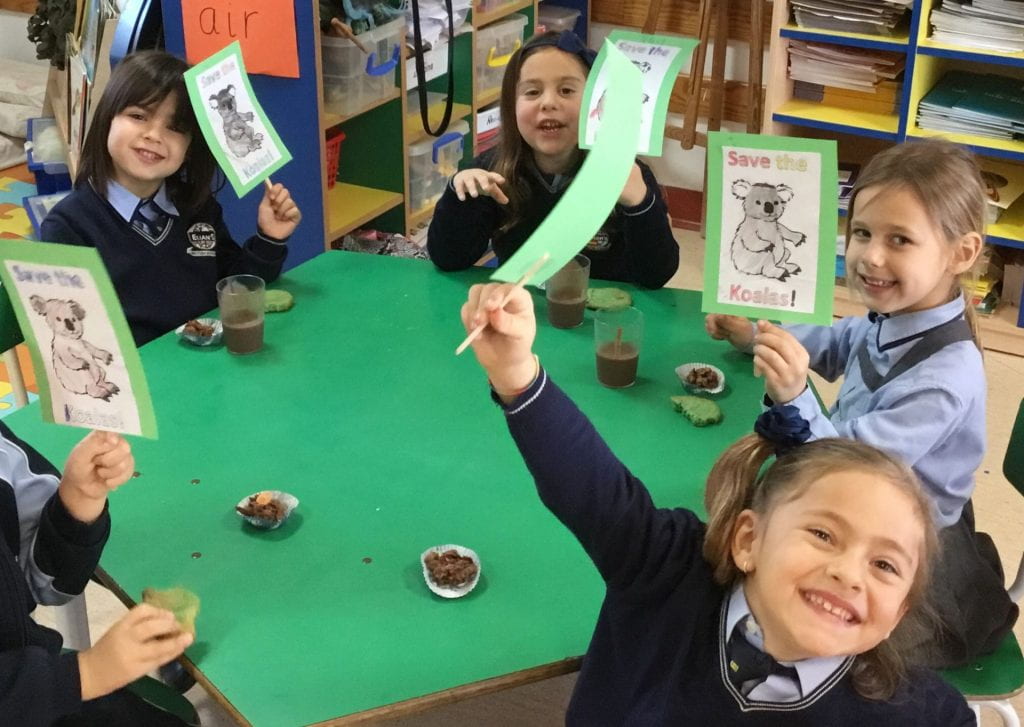

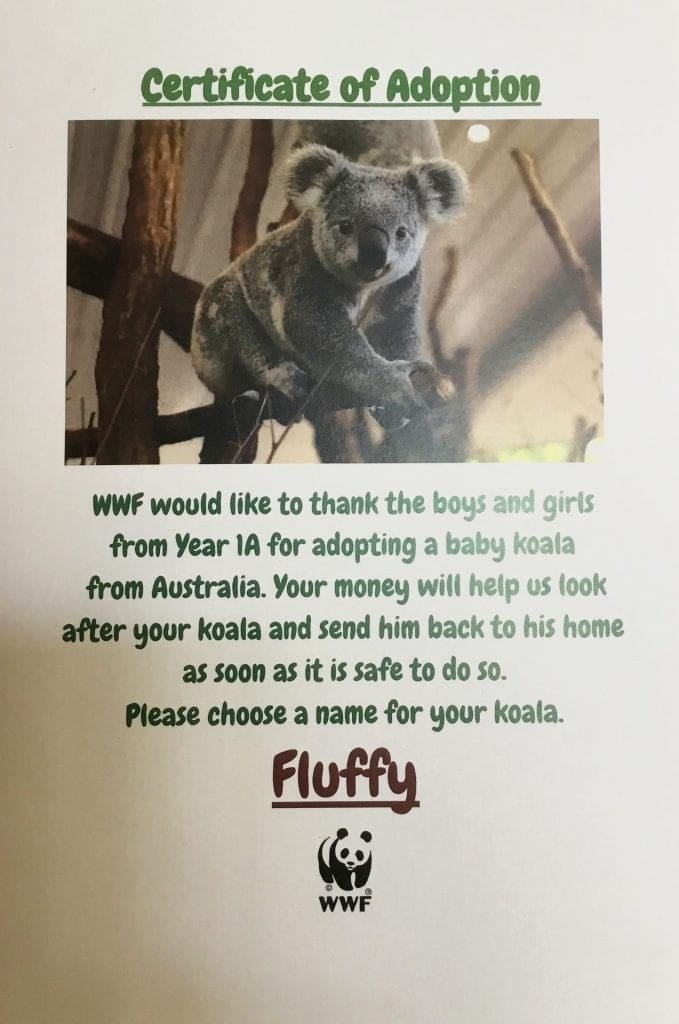

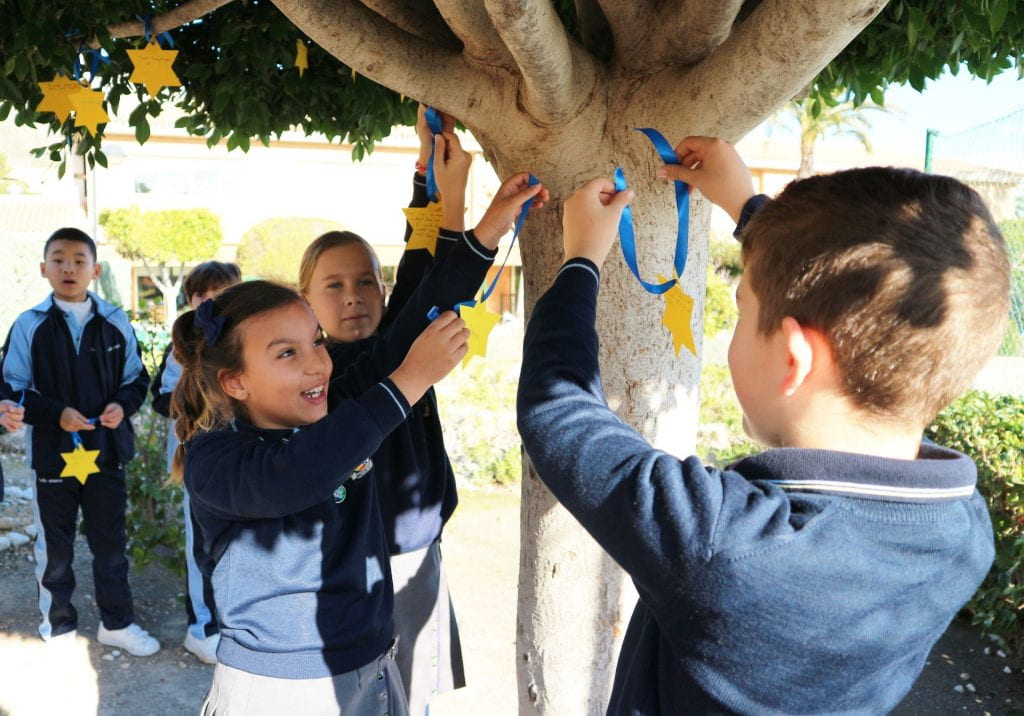


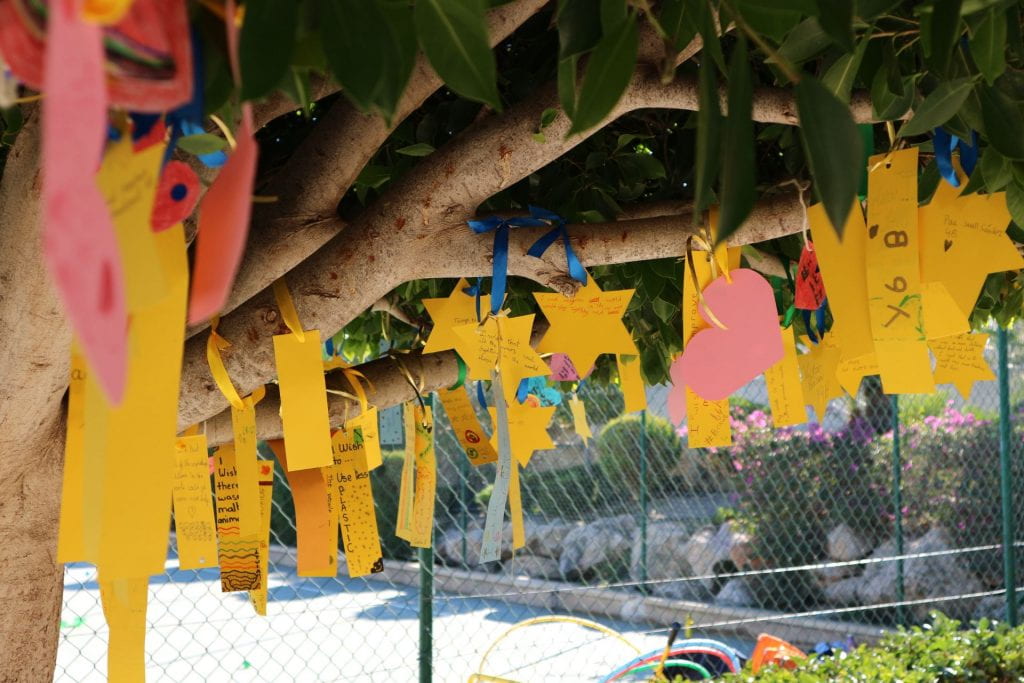

 And a few other things too.
And a few other things too.





